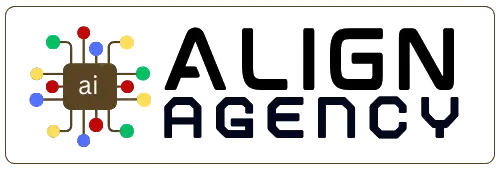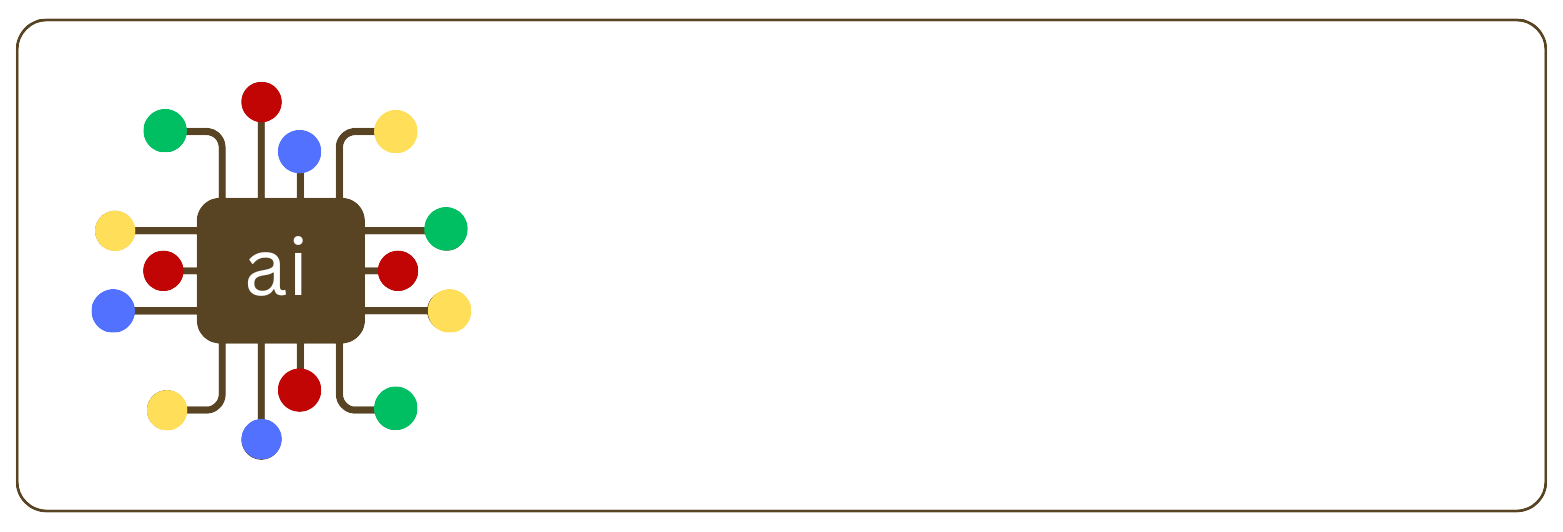Influencer marketing has come a long way in the last decade. Once dominated by A-list celebrities and social media superstars with millions of followers, the industry has seen a fundamental shift towards more relatable, community-driven influencers. In 2025, brands are increasingly turning to micro and nano-influencers to connect with niche audiences in a more authentic, cost-effective, and engaging way. It has now become fair to state that Social Media Influencer is a legitimate creative career especially with the rapid rise of User Generated Content creation.
This shift is being driven by changing consumer behaviour. Audiences today crave authenticity, trust, and relevance. While macro-influencers still play a role in brand awareness, many consumers feel disconnected from them, viewing their endorsements as overly commercial. In contrast, micro and nano-influencers foster deeper relationships with their followers, making their recommendations more credible and impactful.
For businesses looking to optimise their influencer marketing strategy in 2025, understanding the power of niche marketing is key. Brands are no longer chasing sheer numbers but highly engaged and targeted communities that convert into loyal customers.
This blog will explore:
- What micro and nano-influencers are and why they matter.
- How niche marketing is redefining brand-influencer collaborations.
- The benefits of working with smaller influencers compared to macro-influencers.
- How niche marketing is redefining brand-influencer collaborations.
- Actionable strategies for brands to leverage micro and nano-influencers effectively.
- Real-world case studies showcasing successful campaigns.
By the end, you’ll have a clear roadmap for integrating micro and nano-influencers into your marketing strategy, helping your brand connect with the right audience and drive real business results in 2025.
Understanding Micro and Nano-Influencers
As influencer marketing matures, brands are realising that bigger isn’t always better. The days of relying solely on influencers with millions of followers are fading. Instead, brands are shifting their focus to micro and nano-influencers, who offer higher engagement, niche authority, and a more personal connection with their audience.
Micro and nano-influencers are social media creators with smaller but highly engaged followings. Their strength lies not in the size of their audience, but in the depth of their influence within specific communities.
- Micro-Influencers: Typically have between 10,000 to 100,000 followers. They are considered experts in their niche—whether it’s tech, beauty, finance, or fitness—and tend to have stronger engagement rates than macro-influencers or celebrities.
- Nano-Influencers: Have a much smaller audience, usually between 1,000 to 10,000 followers. Despite their lower reach, their engagement rates can be significantly higher, as they often have personal relationships with their followers and are seen as more trustworthy.
Brands are increasingly turning to micro and nano-influencers for a variety of reasons:
- Higher Engagement Rates: Studies show that engagement rates decrease as follower count increases. Nano-influencers, in particular, can have engagement rates as high as 7-10%, compared to macro-influencers, who often average around 1-2%.
- Stronger Audience Trust: Unlike macro-influencers, whose feeds are often packed with sponsored content, smaller influencers curate their recommendations carefully, making them feel more genuine and relatable.
- Niche Community Authority: Micro and nano-influencers often specialise in a particular area—whether that’s B2B AI technology, sustainable fashion, or indie gaming. Their followers actively seek their recommendations because they trust their expertise.
- Cost-Effective Partnerships: Working with smaller influencers is often more affordable than big-name endorsements. Many nano-influencers are willing to collaborate in exchange for free products or lower fees, making influencer marketing more accessible to brands of all sizes.
- More Authentic Conversations: Because nano-influencers personally engage with their followers, their endorsements feel organic rather than transactional. Their followers view them as peers, not distant celebrities.
In 2025, influencer marketing is no longer just about broadcasting a message—it’s about building relationships and trust. Consumers are fatigued by overly polished, aspirational influencers and instead prefer relatable, real-life recommendations.
For brands, this means that micro and nano-influencers offer the best of both worlds—their content still reaches a broad audience, but their recommendations feel more like a friend’s advice rather than an ad.
With this foundation, let’s explore how niche marketing is redefining the way brands collaborate with influencers in 2025.
The Rise of Niche Marketing
The marketing landscape is rapidly shifting from mass appeal to hyper-targeted engagement. In 2025, brands are realising that reaching the right people matters more than reaching the most people. This is where niche marketing and micro/nano-influencers come into play.
Today’s consumers expect highly personalised experiences. They are tired of generic ads and want recommendations that align with their specific interests, values, and lifestyle.
- 72% of consumers say they only engage with marketing messages tailored to their personal interests.
- Micro and nano-influencers offer exactly that—their content is focused on specific communities, making them trusted voices within those spaces.
Brands that embrace niche marketing through micro and nano-influencers enjoy:
- Higher Conversion Rates – Because these influencers speak directly to their niche audience, their followers are more likely to act on their recommendations.
- Greater Brand Loyalty – A niche audience is more invested in their interests, making them more engaged and more likely to remain loyal to brands recommended by their favourite influencers.
- Stronger Word-of-Mouth Marketing – Smaller influencers foster tight-knit communities, where recommendations are shared organically within peer groups, amplifying brand messaging naturally.
- With these advantages in mind, let’s explore why micro and nano-influencers outperform larger influencers when it comes to engagement and ROI.
Benefits of Collaborating with Micro and Nano-Influencers
Brands that partner with micro and nano-influencers gain access to a level of authenticity, engagement, and cost-effectiveness that traditional influencer marketing simply cannot match.
One of the biggest reasons smaller influencers outperform celebrities and macro-influencers is trust.
- Their followers see them as peers, not as untouchable internet celebrities.
- They are more selective about the brands they collaborate with, making their recommendations more believable.
- Their content is less polished and more relatable, resonating better with audiences.
- Example: Instead of running an expensive campaign with a major fashion influencer, a sustainable clothing brand partners with 50 nano-influencers who are passionate about eco-friendly fashion. These influencers create authentic, user-generated content, leading to higher conversions at a fraction of the cost.
Unlike macro-influencers, who demand high fees, nano and micro-influencers are far more affordable, often accepting:
- Lower fees per post
- Product-only collaborations
- Affiliate marketing commissions
Engagement rates plummet as follower counts increase.
- Nano-influencers: 7-10% engagement rate
- Micro-influencers: 3-5% engagement rate
- Macro-influencers: 1-2% engagement rate
When audiences engage more frequently and more meaningfully, the chances of converting followers into customers increase.
Now that we understand the benefits, how can brands effectively work with micro and nano-influencers?
Strategies for Brands to Leverage Micro and Nano-Influencers
Collaborating with smaller influencers requires a different approach from traditional influencer marketing. Here’s how brands can maximise their impact:
- Use tools like Upfluence, AspireIQ, and Heepsy to find influencers who align with your brand values.
- Focus on authenticity over follower count—prioritise influencers who create genuine, engaging content.
- Assess their audience demographics to ensure alignment with your target market.
- Shift from one-off sponsorships to long-term collaborations to build trust and consistency.
- Give influencers creative freedom—let them present your product in a way that feels natural to their audience.
- Focus on relationship-building—engage with their content, provide support, and offer incentives for long-term advocacy.
- Track engagement rates, click-through rates, and conversions instead of just impressions.
- Use UTM tracking and unique discount codes to measure direct sales impact.
- Regularly analyse performance data to refine strategy and maximise ROI.
Challenges and Considerations
While micro and nano-influencer marketing offers huge benefits, brands should be aware of potential challenges:
- Scalability Issues – Working with hundreds of nano-influencers can be time-consuming and requires strong management tools.
- Authenticity Risks – As demand for smaller influencers grows, some may compromise their authenticity for sponsorship deals.
- Content Quality Control – Unlike professional influencers, nano-influencers’ content may be less polished, requiring brands to set clear guidelines.
- Brands that address these challenges strategically will reap significant benefits from influencer partnerships.
Case Studies: Real-World Success Stories
A UK-based sustainable skincare brand partnered with 50 nano-influencers.
Instead of a single paid campaign, influencers were gifted products and asked to share their experiences.
The campaign generated over 100,000 organic impressions and led to a 30% increase in sales.
Instead of a single paid campaign, influencers were gifted products and asked to share their experiences.
The campaign generated over 100,000 organic impressions and led to a 30% increase in sales.
A tech company partnered with micro-influencers in the AI industry to create LinkedIn content.
These influencers engaged C-level executives and generated inbound leads worth £500K within 3 months.
These influencers engaged C-level executives and generated inbound leads worth £500K within 3 months.
Future Outlook: Where Is Influencer Marketing Headed?
The future of influencer marketing will continue shifting towards:
- Long-term partnerships over one-off sponsorships.
- More sophisticated tracking and AI-driven influencer selection.
- The rise of community-driven micro-communities.
- Increased use of AI-generated influencers alongside real creators.
- To stay ahead in 2025, brands must embrace the power of micro and nano-influencers as part of a data-driven, authentic marketing strategy.
Conclusion: Why Your Brand Needs Micro and Nano-Influencers in 2025
The era of chasing big-name influencers for mass exposure is fading. In 2025, success in influencer marketing is about building deep, authentic connections through highly engaged micro and nano-influencers.
- Micro and nano-influencers offer higher engagement and trust than macro-influencers.
- Niche marketing delivers better conversions and stronger brand loyalty.
- Smaller influencers are more affordable and provide higher ROI.
- Brands must focus on authentic partnerships and data-driven strategies.
Want to stay ahead of the influencer marketing game in 2025? Subscribe to AI Align Agency’s newsletter for exclusive insights, free templates, and actionable strategies! If you want to start a career as UGC or accelerate your influencer commercial capabilities reach out directly to the team support@aialignagency.com


